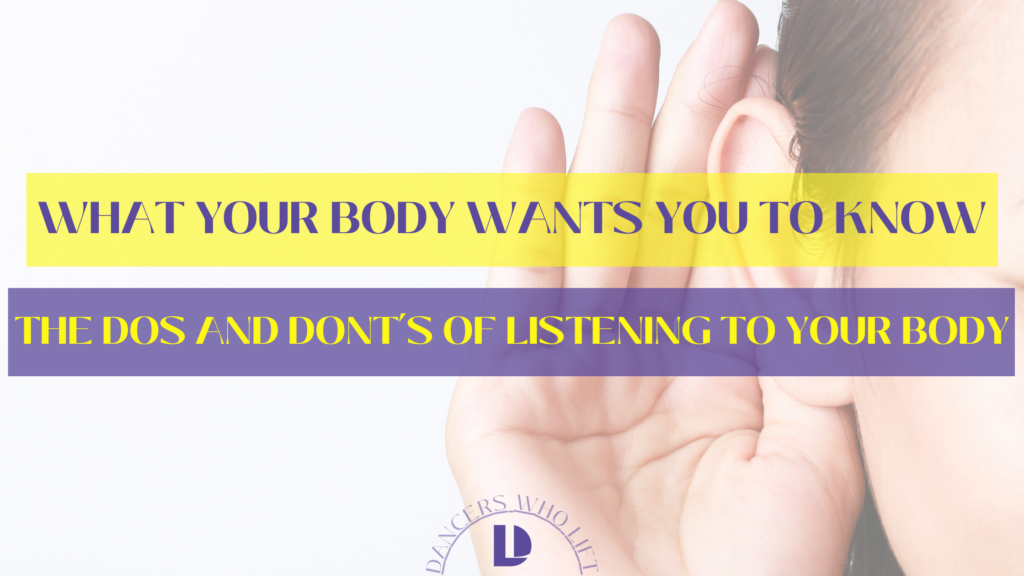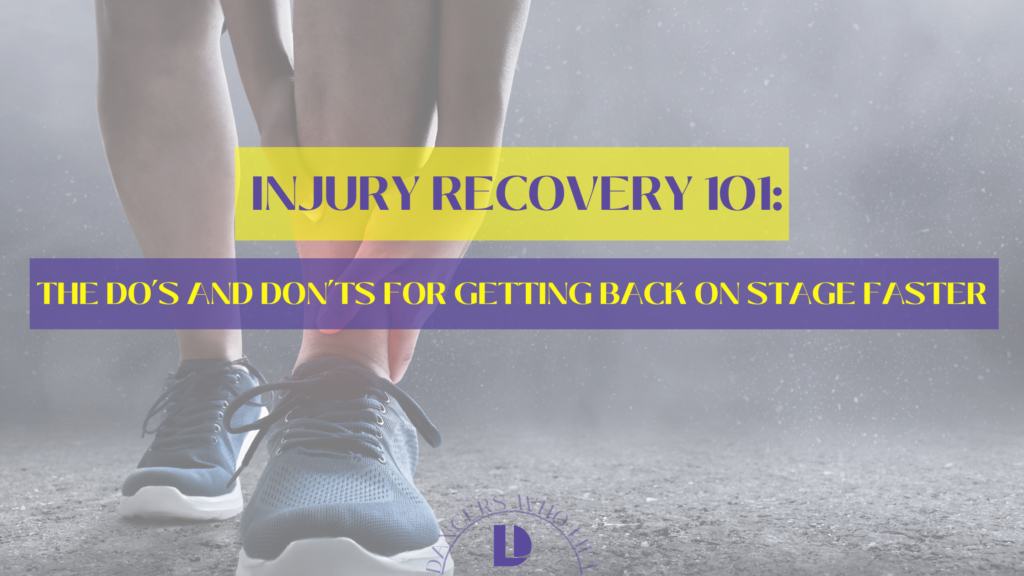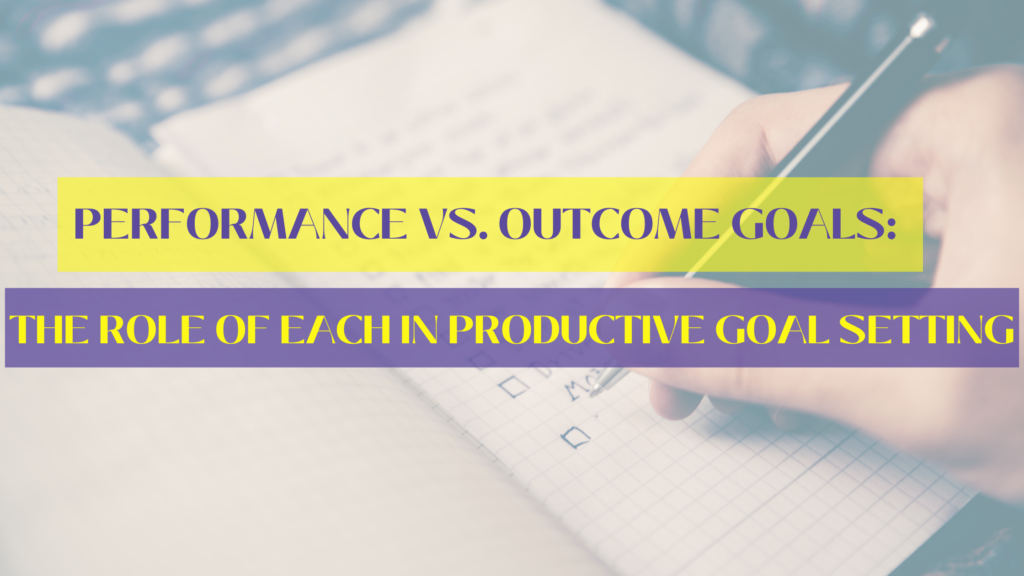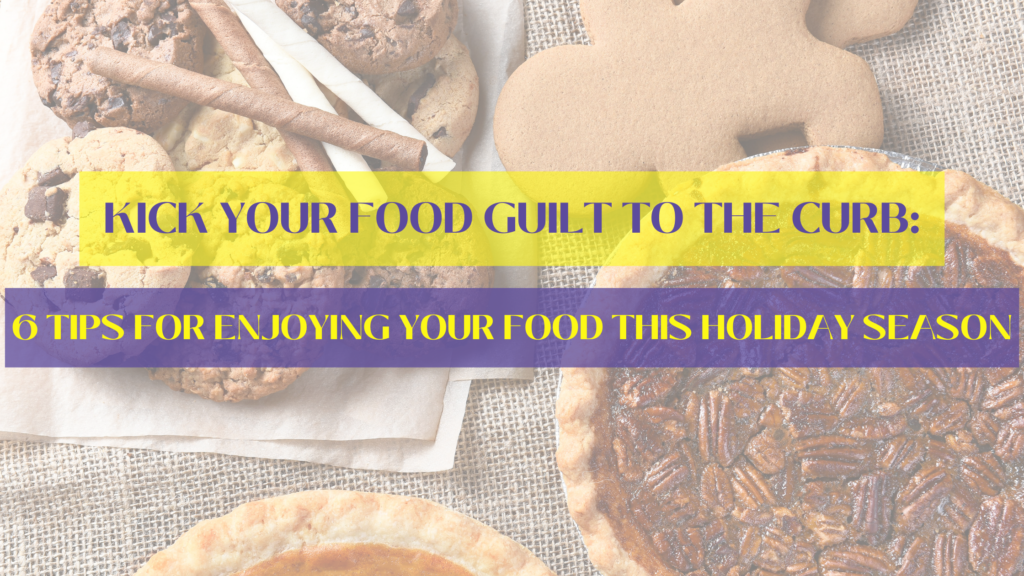Do you ever wonder what your body wants you to know? Like, if it could speak to you what would it say? What if I told you your body is speaking to you all day every day, we just have to learn to listen?
We all had that one modern or contemporary dance teacher who touted the importance of listening to your body.
You know, the one who was very grounded and spiritual, but also would torture you weekly by weaponizing deep pliés and silent screams?
The one whose instruction to eat a large, hot, meal after class and soak in a an epsom bath you ignored, and suffered from D.O.M.S. the next day as a result.
Well, it turns out, that dance teacher knew something that maybe you didn’t.
They knew how to listen to their body. They knew what your body wants you to know
That’s why they recommended a full meal. That’s why they recommended the bath. Those are techniques they used to quell the cues of muscle exhaustion their body was sending them.
But here’s where our dance teachers steered us wrong. They told us the prescription, but they didn’t teach us how to diagnose.
Learning how to listen to your body is immensely important. Not just as a dancer, but as a human being.
Re-Learn What Listening to Your Body Means
When we are babies the only skillset we have is listening to our bodies and responding; it’s instinctual.
You don’t have to teach a baby to identify when it’s hungry or full. It knows to ask (cry) for food and then stops when it’s had enough.
Unfortunately, as we age, the pressures of fitting into the expectations of family, friends, or social culture can cause us to tune out certain cues from our bodies. Tuning out these cues consistently overtime makes it more challenging to listen to them.
Listening to your body requires you to unlearn certain socially imposed expectations such as what productivity looks like, perfectionism, control, self-image, body-image, and the list goes on.
But if we take a moment to ignore those pressures momentarily and check in with our bodies we can recognize that every signal our body is sending us means something.
For example, I suffer from chronic headaches. For a long time I chalked it up to exhaustion, stress, or dehydration and would pop a Tylenol and go on with my day. However, when I started to get more curious about the why, I discovered something pretty incredible.
Whenever I felt a headache coming on, I’d first stretch my neck and thoracic spine. If that didn’t work, I’d up my water intake. If hydrating myself didn’t work I’d think about what I’d eaten that day.
Over the course of a few months, I realized that my worst headaches occurred on days in which my protein intake was low. These headaches were a way of my body telling me to eat! So simple!
Once I started honoring that cue, my headaches decreased exponentially!
That’s what your body wants you to know; that it has your best interest at heart.
Now, this is a pretty extreme example. But seeing how something like this changed my life inspired me to take a look at something that we all have experienced, stress.
Balancing Stress and Listening to Your Body
Stress is one of the loudest ways our body speaks to us. But, unfortunately, culturally we are taught to push through. We do this in the name of productivity, performance, success, and more.
And while we do need to push through fatigue or stress to get to our goals, regularly pushing past the cues our bodies give us to slow down can lead to physical, mental, and emotional problems.
Let’s talk about babies one more time. Have you ever been with a baby who is over-tired?
It’s a challenging experience that leaves you wondering,
“If they are so exhausted, why don’t they just fall asleep?”
The short answer? Stress.
You see, when a baby isn’t getting enough sleep, their tiny bodies go into stress mode – dumping stress hormones like cortisol and adrenalin into their system.
Have you ever tried to take a nap during an adrenaline rush? Yeah, not happening.
Now, imagine how limited and exhausted you are when your body has been living in stress mode.
Not good.
That’s what your body wants you to know: “I’m exhausted to the point to stress.”
How do we listen to our bodies to prevent a stress or exhaustion overdose?
This is a fantastic question! I am so glad you asked!
The first thing you have to to do is learn to slow down and check in with your body throughout the day.
Take two or three minutes to close your eyes and simply notice things.
Start by taking a deep breath and do an emotional scan: “How am I feeling?”
Do you feel fatigued? Do you feel energized? Do you feel sad? Content? Numb?
Then take a scan of your body. Just sit quietly and notice things.
What is your breath like? Do any specific aches and pains jump out at you? Are you hungry? Thirsty?
Finally, take a stock of what you feel like your body wants.
Do you feel like you need to sit down? Are you in the mood to move? Do you feel like you’re one deep breath away from a nap?
Once you’ve checked in you have the power to decide what you need most.
But I encourage you to practice listening to what your body is asking for.
So much of being a dancer is focused on pushing through pain signals, hunger cues, and controlling your emotions. But that’s often when we see injuries, eating disorders, and mental struggles arise.
But when you practice listening to your body for awhile, you might find that your performances are better, your workouts are progressing faster, and you feel more in line with yourself.
And yes, that might mean that you skip a workout to foam roll, stretch, and take a mental health walk. It might mean that instead of staying home and isolating you call a friend and have dinner out. It might mean going to bed early instead of signing up on that audition list at 12:01 AM.
But in the long run the choices that you make to honor your bodies needs will always pay off in dividends.
Don’t believe me?
Give it a try for yourself. Find out what your body wants you to know.
We were born with all of the instincts to not only survive but to thrive as living beings. Stop silencing those instincts.
Your body wants you to win. That’s what your body wants you to know.
Trust it.
Did you like this blog? Check out: 7 Helpful Journal Prompts for Dancers, Are Foods Good And Bad? Building a Healthy Relationship with Food, Gym Myths and Misconceptions: The Dancer Editio










